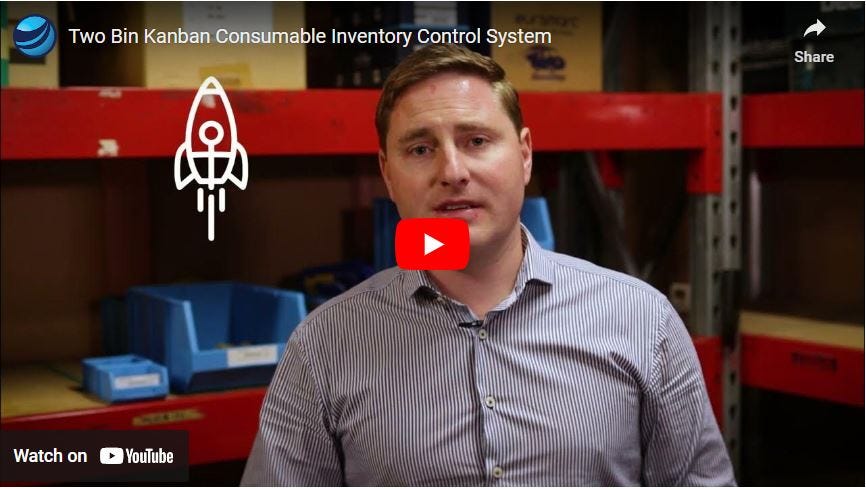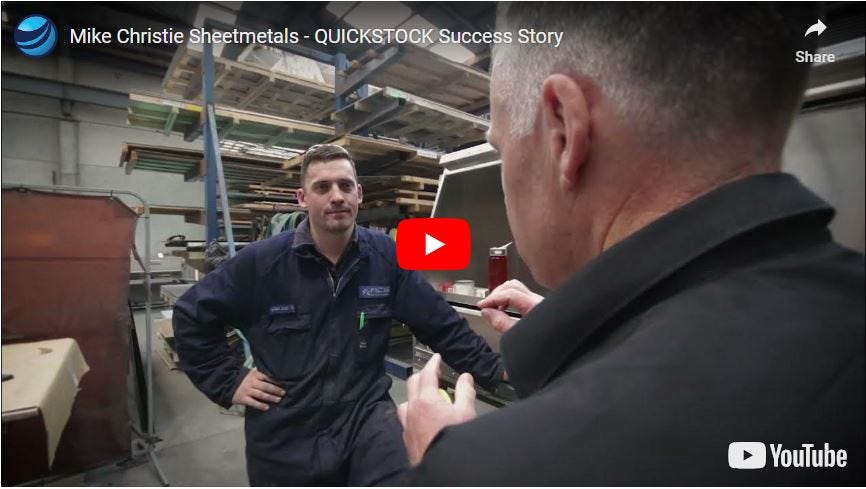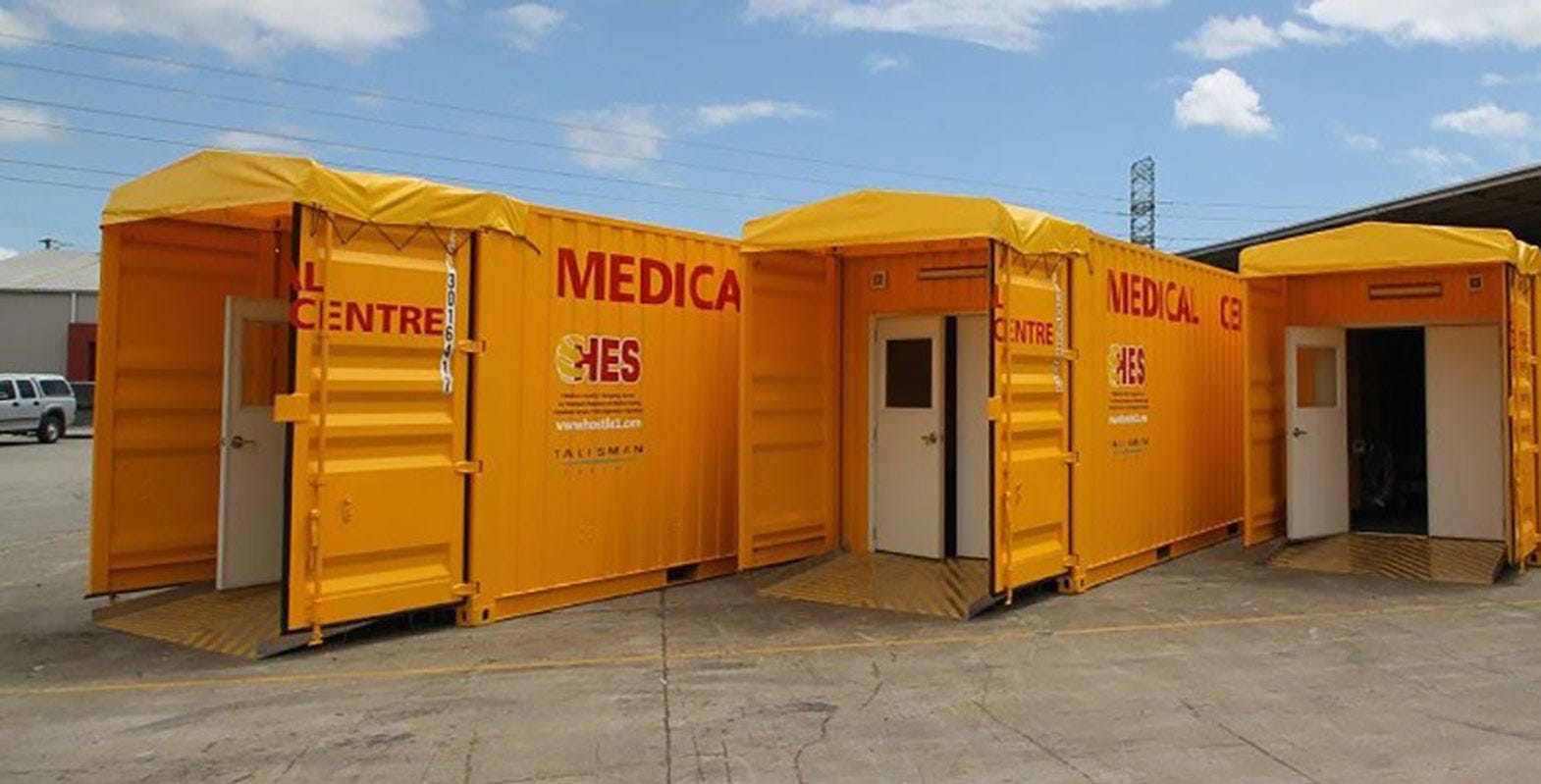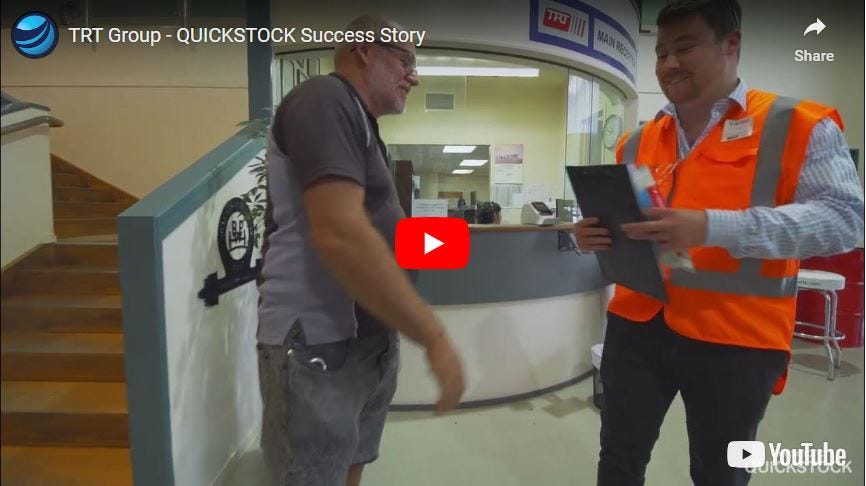How to implement Kanban in your metal engineering workshop

Many engineering companies are implementing the Kanban method of inventory management in order to become more lean, and therefore more efficient in their stock management. However, Kanban is just the beginning. Kanban can work with vendor managed inventory (VMI) to provide an even more lean inventory system. We’ll explain why…
How does it work?
The two-bin method comprises of two identical ‘bin boxes’ which are used alternatively. Both boxes are filled with the same consumable, with equal amounts in each. For example: 100 x 125mm grinding discs. Once the discs from the first bin have been used up, the first bin is placed in an area for replenishing, while stock starts to be taken from the second bin. The amount in each bin should be enough so that stock does not run out during the re-ordering process. Thus, production can keep flowing.
What products should be included?
In most instances you can apply the 80/20 rule when considering what products to include in the two-bin Kanban system. That means you will usually focus on the 20% of products that you use 80% of the time.
While less frequently ordered products can be included in a Kanban system, you may find less value as implementation of the system on slower moving products takes time that is unnecessary.
Deciding on the number of products to hold in each bin box
The number is determined by the consumption rate and the lead time. This number is the re-order quantity. It’s important to have this number high enough to still get competitive pricing whilst not holding too much stock on-hand.
A month’s supply in each bin is a good amount to start with, and this number can always be adjusted once the system is in place.
Example:
ABC Engineering consumes an average of 65 cutting discs per month. However, buying in packs of 50 through their supplier achieves better pricing, and it usually only takes 2-days to receive the stock.
In this case it would be best to set the two bin box quantities at 50. This will provide sufficient stock on-hand whilst still maintaining sufficient stock turns.
Visual trigger
The empty bin is the trigger that signals to re-order. Once the bin is empty it can be placed in the ‘reorder’ box/zone and the second bin is brought forward. Each day the purchaser checks the reorder box/zone and places the relevant orders with suppliers. The empty bin/s then get moved into the ‘ordered’ box/zone. When the new goods arrive, the empty bins are refilled and placed back on the shelves behind the front bin and the cycle continues.
 Need assistance?
Need assistance?







